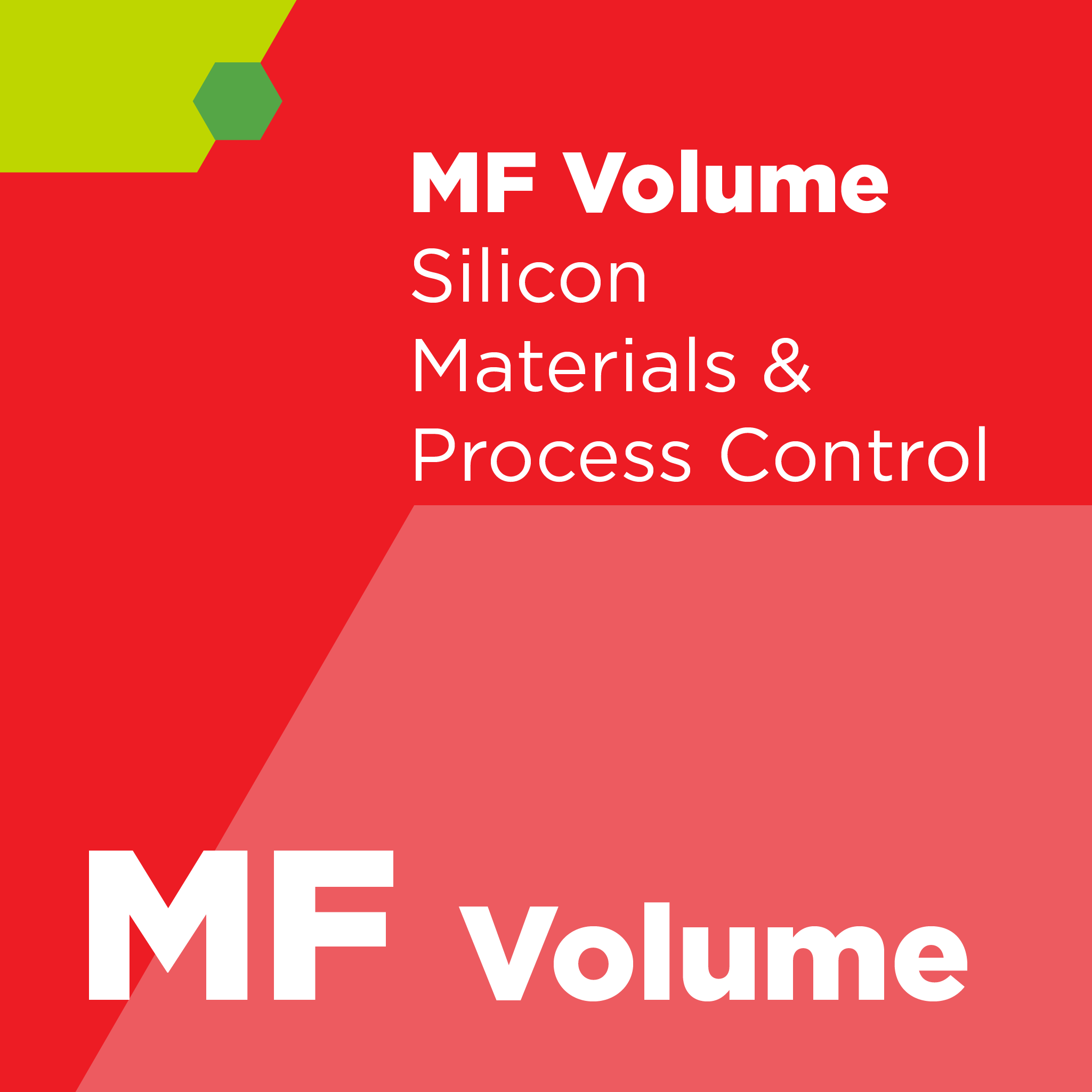
SEMI MF673 - Test Method for Measuring Resistivity of Semiconductor Wafers or Sheet Resistance of Semiconductor Films with a Noncontact Eddy-Current Gauge -
Abstract
Resistivity is a primary quantity for characterization and specification of material used for semiconductor electronic devices. Sheet resistance is a primary quantity for characterization, specification, and monitoring of thin film fabrication processes.
This Test Method outlines the principles of eddy-current measurements as they relate to semiconductor substrates and certain thin films fabricated on such substrates as well as requirements for setting up and calibrating such instruments for use particularly at a buyer-seller interface.
An eddy-current instrument directly measures conductance of a specimen. Values of sheet resistance and resistivity are calculated from the measured conductance, with the resistivity values also requiring a measurement of specimen thickness.
This Test Method covers the nondestructive measurement of bulk resistivity of silicon and certain gallium-arsenide wafers and of the sheet resistance of thin films of silicon or gallium-arsenide fabricated on a limited range of substrates at the wafer center point using a noncontact eddy-current gauge.
This Test Method is presently limited to single-crystal and polycrystalline silicon and extrinsically conducting gallium-arsenide bulk specimens or to thin films of silicon or gallium-arsenide fabricated on relatively high resistivity substrates but in principle can be extended to cover other semiconductor materials.
Two test methods are covered by this Standard.
- Method I ascertains the conformance of the apparatus to linearity and slope limits (±1 digit) over a broad range (2 decades) of calibration standard values. It qualifies apparatus for use over a wide range of sample values.
- Method II assumes instrument linearity between calibration standards whose values are narrowly separated (typically ±25% of the anticipated sample range median point). Method II is particularly well suited to computer-based systems where all measurements can be quickly and automatically corrected for value offset and for temperature coefficient of resistivity.
These methods differ in calibration technique, sample measurement value range, data correction techniques, and suitability of instrumentation as indicated in Table 1. Either method may be applied to sheet or bulk specimens.
Referenced SEMI Standards (purchase separately)
SEMI M59 — Terminology for Silicon Technology
SEMI MF81 — Test Method for Measuring Radial Resistivity Variation on Silicon Wafers
SEMI MF84 — Test Method for Measuring Resistivity of Silicon Wafers with an In-Line Four-Point Probe
SEMI MF374 — Test Method for Sheet Resistance of Silicon Epitaxial, Diffused, Polysilicon, and Ion-Implanted Layers Using an In-Line Four-Point Probe with the Single-Configuration Procedure
SEMI MF533 — Test Method for Thickness and Thickness Variation of Silicon Wafers
SEMI MF1527 — Guide for Application of Certified Reference Materials and Reference Wafers for Calibration and Control of Instruments for Measuring Resistivity of Silicon
Revision History
SEMI MF673-1105 (Reapproved 0622)
SEMI MF673-0317 (technical revision)
SEMI MF673-1014 (technical revision)
SEMI MF673-1105 (Reapproved 0611)
SEMI MF673-1105 (technical revision)
SEMI MF673-02 (first SEMI publication)
 |
Interested in purchasing additional SEMI Standards? Consider SEMIViews, an online portal with access to over 1000 Standards. |
Refund Policy: Due to the nature of our products, SEMI has a no refund/no exchange policy. Please make sure that you have reviewed your order prior to finalizing your purchase. All sales are final.

This product has no reviews yet.